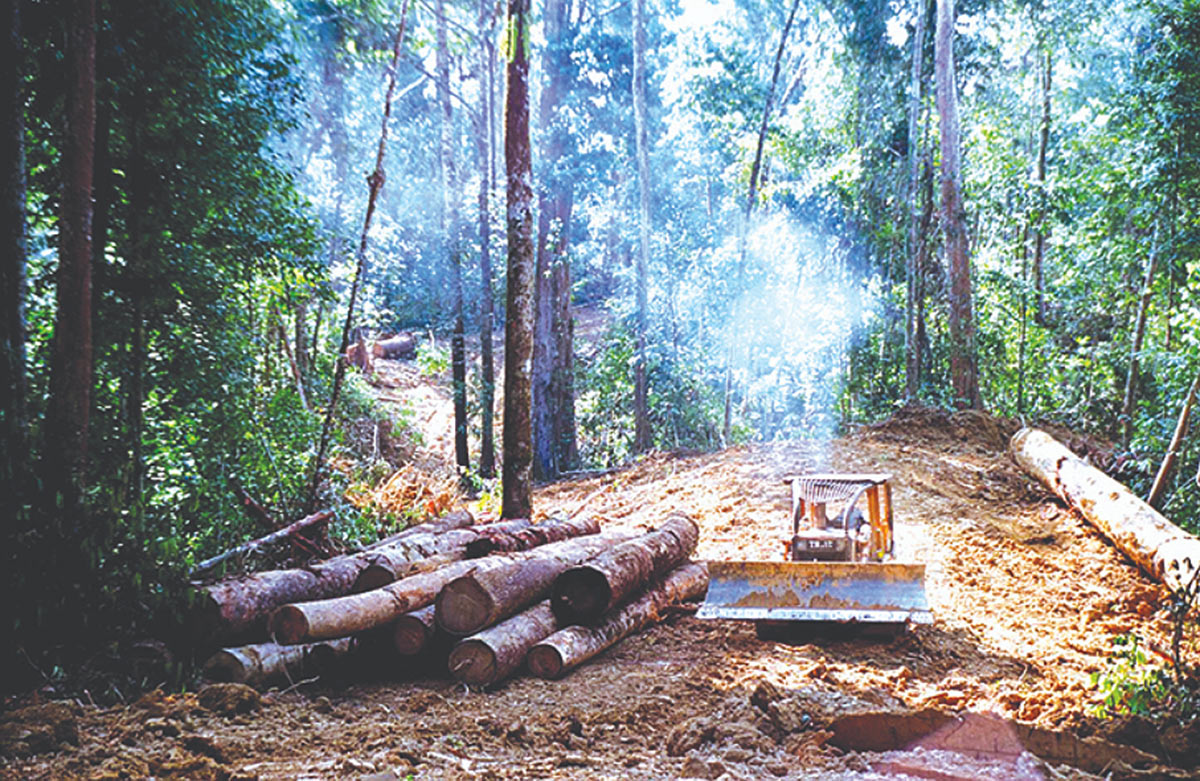Industry News
- Home
- Industry News
Markets for forest carbon are growing fast and have huge potential, but low carbon prices and other challenges are restraining their capacity to benefit tropical forests and their stakeholders. This was a key message emerging from the Annual Market Discussion, which was held on 8th November 2022 as part of the 58th session of the International Tropical Timber Council in Yokohama (Japan) recently. This year’s discussion featured five speakers, as well as interventions from the floor, on the theme of the carbon trade and tropical forests. It was chaired by Trade Advisory Group co-coordinator Mr Barney Chan.
Ms Celina (Kin Yii) Yong, from the United Nations Development Programme, said that there had been a huge increase in transactions in the voluntary carbon markets, partly as a result of clarification on Article 6 of the Paris Agreement on climate change at the 26th Conference of the Parties to the United Nations Framework Convention on Climate Change.
“Voluntary carbon markets will play a key role in the transition process, but there is a risk of ’green-washing’”, she said. There is a growing demand for high-integrity forest carbon credits, but carbon prices are yet to reflect the true costs of maintaining natural forests and high-integrity markets. “Among other things, high-integrity carbon markets are those that avoid the double-counting of carbon credits, ensure that emission reductions are real, thus avoiding ‘green-washing’,” she added.
Dr Ivan Tomaselli, from STCP in Brazil, explored the development of carbon markets in Latin America. There is a growing interest in carbon markets across economic sectors in the region and in transactions between countries aimed at emission reductions and achieving net zero emissions. “Argentina, Chile, Colombia and Mexico are the front-runners in compliance with carbon pricing instruments, and Brazil is pursuing mainly voluntary carbon projects in forests managed for timber production.” he said. Ivan estimated the potential annual value of carbon credits in existing managed forest areas for timber production in Latin America at around US$2 billion per year, but this will grow if prices increase with increasing demand.

Mr Pierre Schueller, from TEREA in France, said that there is a growing interest among companies operating in the Congo Basin in forest carbon trading, but only a few players are well informed about the mechanisms involved, and the rules and criteria for engaging in carbon trade. He said that REDD+ has attracted significant funding opportunities in many African countries, and examples are emerging of forest carbon project initiatives.
In 2021, for example, Gabon became the first country in Africa to receive results-based payments for reduced emissions from deforestation and forest degradation. Mr Schueller said that the main challenge for expanding forest carbon projects in Africa is removing the technical barriers for such projects and determining ownership of the resulting carbon credits. “There is a role for international organisations such as the International Tropical Timber Organisation in increasing understanding and technical capacity in Africa.” he said.
Mr William Llactayo, from Peru, described new research in Peru using machine learning and light detection and ranging (Lidar), combined with high spatial and temporal resolution satellite imagery, to estimate above-ground carbon at the scale of single hectares.
Mr Llactayo said that a strategic and cost-effective combination of Lidar sampling, tactically placed field calibration plots, satellite data and geo-statistical modelling approach showed it was feasible to obtain a high-resolution inventory of above-ground carbon stocks, even in such a large and environmentally complex country such as Peru.
This theme was also explored by Mr Nicholas Butcher from CarbonCrop in New Zealand, who reported on integrated solutions using artificial intelligence, remote sensing and automation to monitor changes in forest carbon stock in New Zealand. He said that, to be credible, such solutions require integrity, transparency, traceability and auditability. The application of the technology in New Zealand has led to the registration of an additional 30,000 hectares of bio-diverse forest and delivered NZ$30 million in carbon credits for landholders.
The presentations were followed by a wide-ranging exchange of views between delegates and speakers, including on the potential of forest carbon to generate significant revenues for forests through voluntary carbon markets and compliance mechanisms as means for increasing the financial viability of sustainable forest management.
Source: Woodnews magazine / WOOD TAIWAN 2023 media partner.